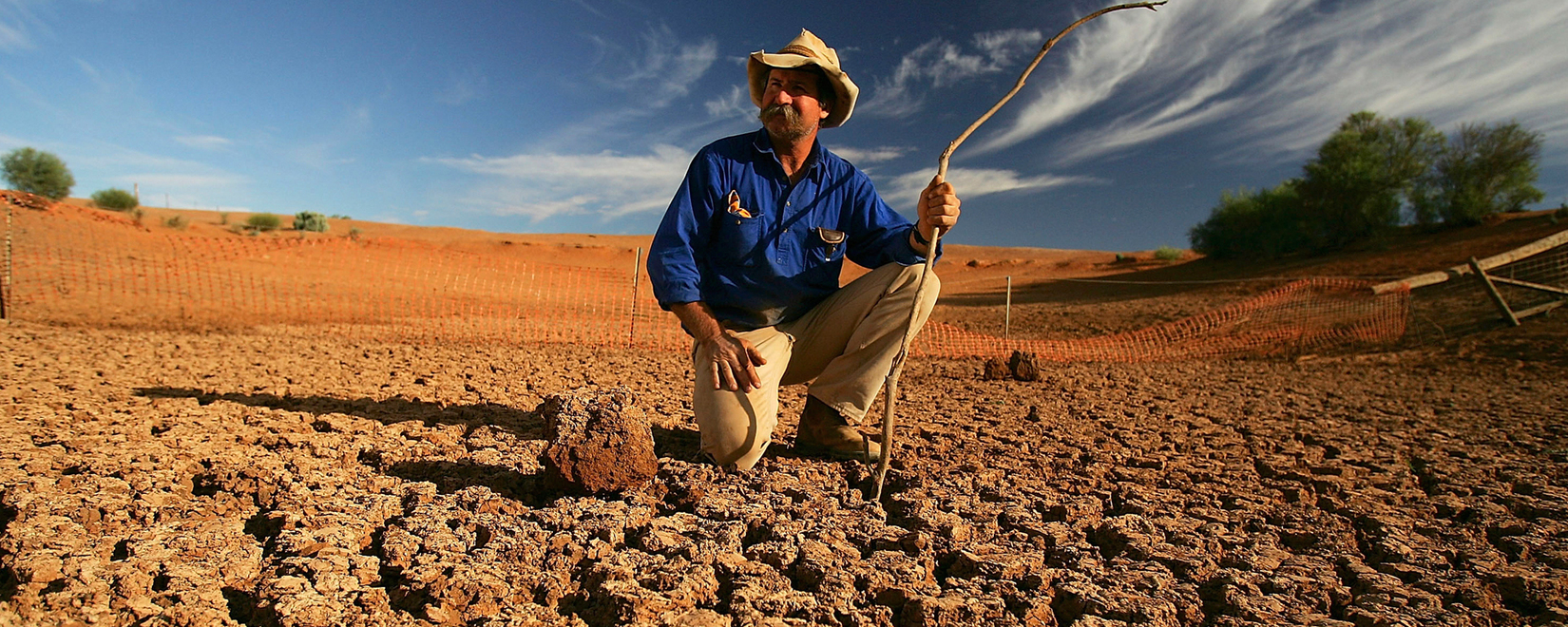Two climate events are intensifying drought conditions that are particularly challenging for Australian wheat during the grain-filling stage.
Bryce Anderson, emeritus meteorologist, writes about this in an article published on the portal www.dtnpf.com: “After a series of bumper harvests, the wheat record in Australia is expected to decline in 2023-2024, as grain filling stages will occur at much lower soil moisture than in recent years.
The USDA noted in the September 2023 World Agricultural Supply and Demand Estimates (WASDE) report that “for Australia, wheat production estimates fell 3 million tonnes to 26 million as dry weather last month in Western Australia, New South Wales and Queensland have reduced crop prospects." This change is significant and noteworthy - a decline in Australia's predicted wheat harvest of more than 10% in just one month.
El Niño conditions in the Pacific are responsible for much of the Australian drought trend. The term "El Niño" refers to the development of large-scale sea surface temperatures warming to above normal levels in the equatorial Pacific Ocean. The Australian Bureau of Meteorology (BOM) noted in its latest tropical weather and climate commentary that large-scale atmospheric circulation and above-normal sea surface temperatures are now in sync across the Pacific.
“Climate models show that this El Niño is likely to persist until at least the end of February. El Niño typically leads to reduced rainfall in spring and early summer in eastern Australia and keeps warmer days in the southern two-thirds of the country,” the BOM report says.
However, El Niño is not the only climate feature leading to drier prospects for wheat growing in Australian regions. In the Indian Ocean, a function of sea surface temperature and air pressure known as the Indian Ocean Dipole (IOD) is also in a phase that is leading to drier conditions in Australia. The Indian Ocean Dipole Index (IOD) for the week ended September 17 was plus 1.25 degrees Celsius, Australian meteorologists said in a commentary: “This is the fifth week of exceeding the positive IOD threshold (plus 0.40 degrees Celsius). The duration of this trend, combined with the observed and predicted strength of the dipole, indicates that a positive IOD event is already underway. All models predict this positive IOD. will persist at least until the end of spring in the Southern Hemisphere."
So, when a positive Indian Ocean Dipole and El Niño occur together, their drought effects tend to be stronger and more widespread across Australia. Consequently, further declines in Australia's wheat yield cannot be ruled out."
(Source: www.dtnpf.com. Author: Bryce Anderson)

 Trading platform
Trading platform 
 Monitoring
Monitoring  Express applications
Express applications 
 Fork Work
Fork Work 
 Service
Service  News
News  Directory
Directory 
